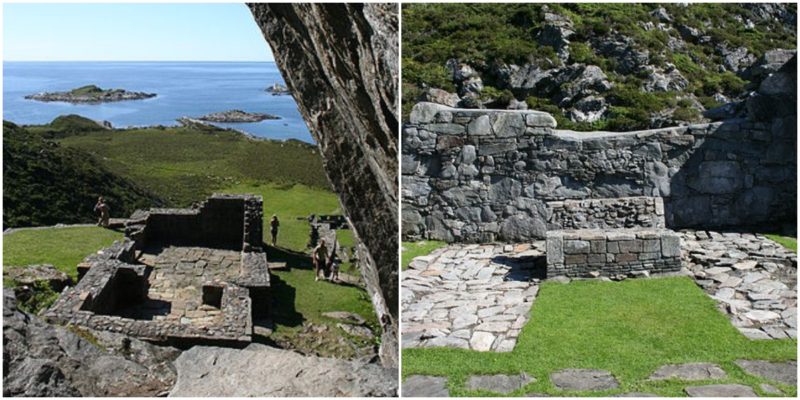There are places around the world that cannot be described with words, places that are filled with divine silence, where there is a feeling that eternity can be touched for a brief moment. A great number of monasteries have been constructed in beautiful, remote places throughout the centuries.
It is as if the founders of the religious community wanted to provide for themselves, as well as for future devotees, pilgrims and occasional visitors, special sites for better communication with God.
Selje Abbey, located on the north side of the island of Selja in western Norway, is without a doubt of a shadow such a unique place. This small island (with a total area of roughly 385 acres) is located just off the mainland, approximately a half mile from the coastal village of Selje.
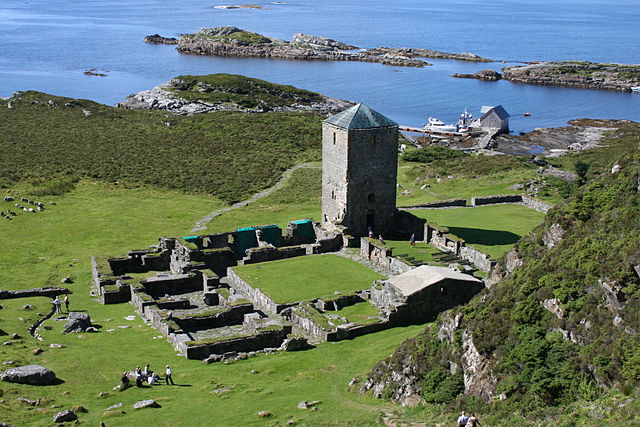
People have been visiting the abbey for more than a millennium. The original shrine of St. Sunniva on Selja was Norway’s first pilgrimage site; parts of structures from the Viking Age and the Middle Ages can be seen on the island.
The abbey ruins can be approached directly by guided boat tours from the village of Selje during the summer months.
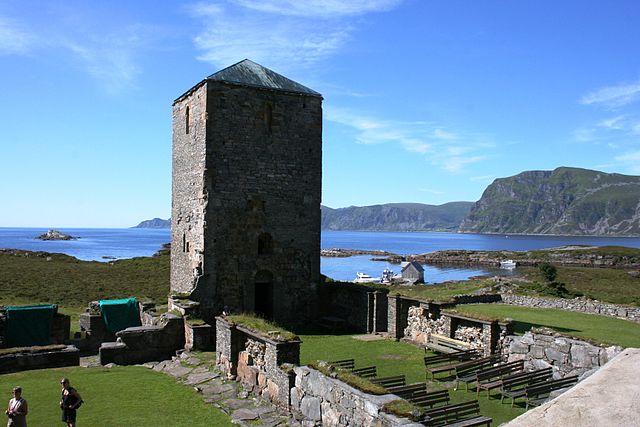
The rest of the year there is a postal boat to and from the settlement of Bø, which means farm or homestead in Old Norse, and was the site of the parish church for Selje from circa 1100 until the Reformation. From there the abbey ruins can be approached on foot across the magnificent landscape.
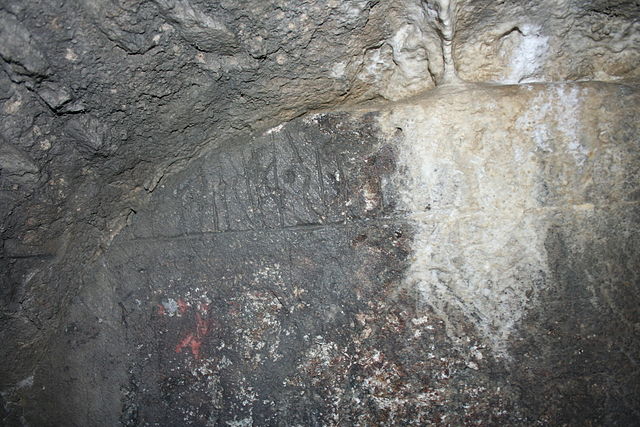
It is believed that Selje Abbey is the oldest monastery in Norway. It was abandoned at the beginning of the 16th century and throughout the years the structures have been weathered by the strong winter storms and low temperatures. Today the site is mostly in ruins.
The monastery tower still stands proudly practically intact, and visitors can climb it and enjoy the view. However the tower was reconstructed in late 19th/ early 20th in order to save it from disappearing. Some believe that the original tower was much taller. There is ongoing conservation work across the entire complex.
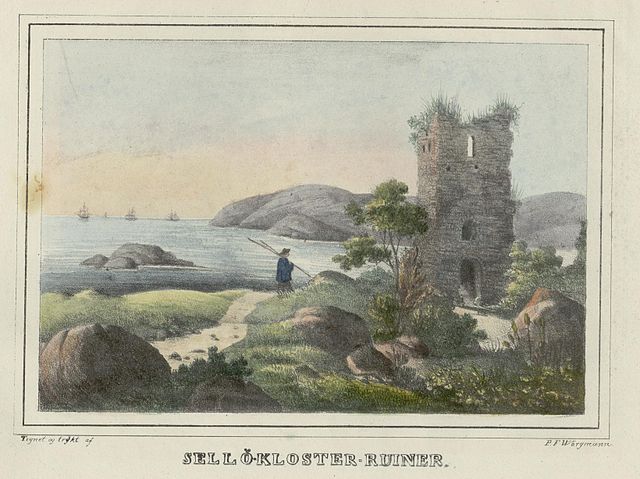
The abbey was constructed by Benedictine monks in the beginning of the 1100s, in memory of St. Sunniva, the patron saint of Western Norway.
Quayside warehouses on the both sides of Klostervagen bay existed until the second half of the 1940s. Parts of their walls can be still seen. In the days when the abbey was still in use, the marshes on the north side of the island were cultivated and harvested for peat.
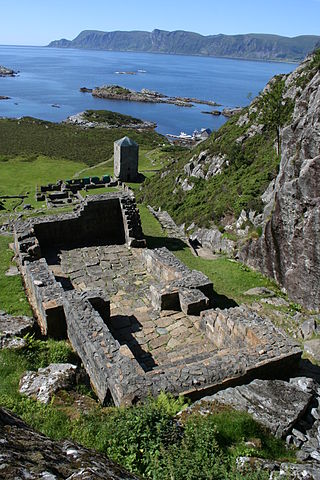
St. Sunniva’s Cave is a large cave where traces of the first church, dedicated to the Archangel Michael, can be found. It was in this cave that the relics of Sunniva were found by King Olav Tryggvason in 996.
Selja was the diocese for the whole of Norway’s West Coast from 1068 to 1170.
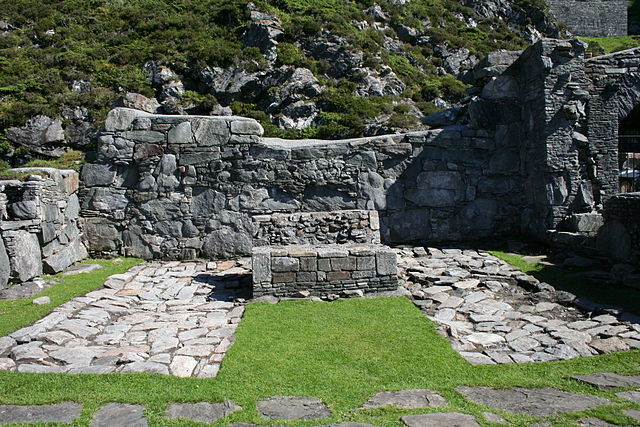
The Acta Sanctorum in Selio — an anonymous collection of stories about the Saints of Selje thought to have been written around 1170 — tells that the Catholic Princess Sunniva escaped Ireland in a boat without oars or sail when her homeland was invaded by pagans, and their king wanted to marry her. God gave her and her companions currents and strong wind that led them north.
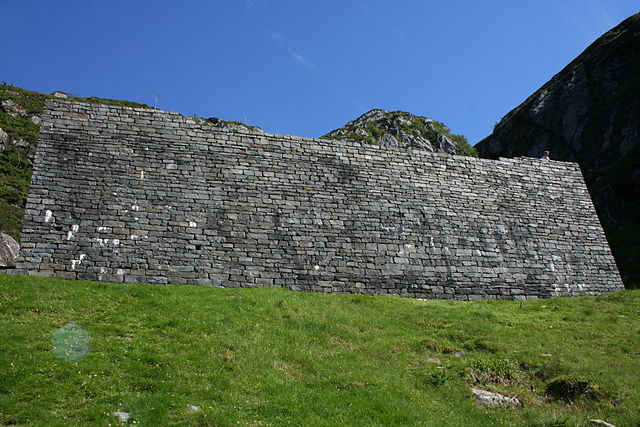
According the legend, they came ashore at the place known as Helmavikja or Heilagramannvik (Holy Man’s Cove), which is located close to the abbey. The boat was stranded on the shore of the island of Selja so the fugitives hid in the caves.
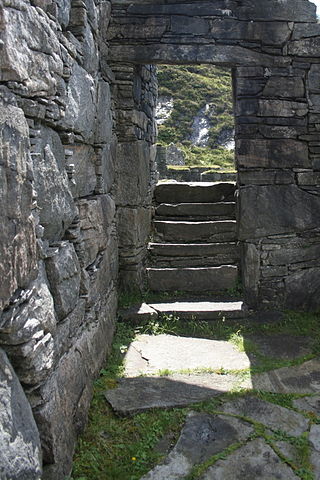
Earl Håkon Jarl, who ruled Norway, was a strong believer in the old Norse gods and against the spread of Christianity into Norway. He heard rumors about the uninvited strangers and headed with his armed men towards Selja.
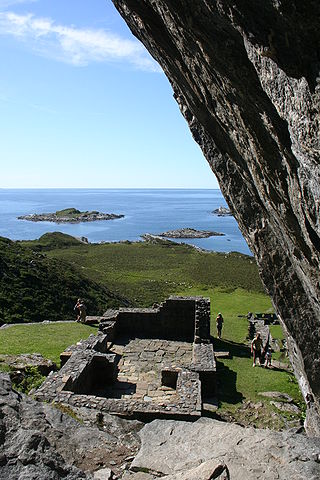
When the new occupants of the island saw the group galloping towards them, they hid in a larger cave where they prayed to God to “give their souls the everlasting rest and let his angels break down the mountain and bury them under it.”
The story says that their prayers were heard and the rocks collapsed. Soon after this event the earl was killed and the Christian King Olav Tryggvason came to power in Norway.
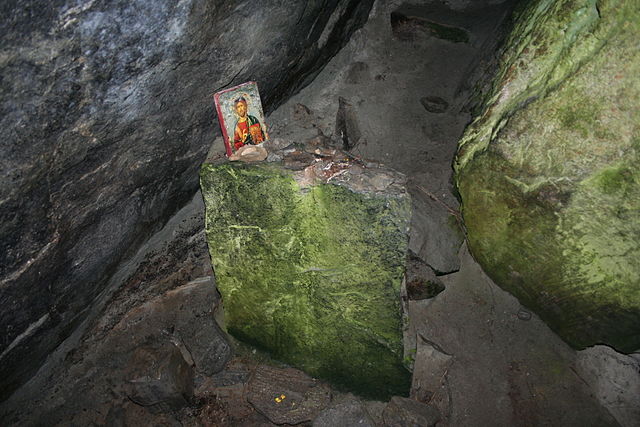
Very soon strange and unexplained things started to happen at Selja. Stories of miracles from the small island camе to the king’s ears everyday. After some time the king became extremely curious. Accompanied with his bishop, he finally visited the island.
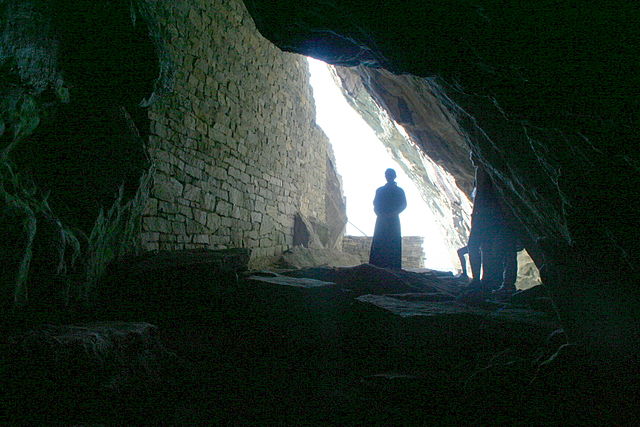
The king ordered systematic examination of the area. The remains of the Irish people were discovered, including the body of Saint Sunniva — which miraculously was “whole and unharmed.” The ruins of St. Sunniva’s Church that can be seen within the abbey complex stand on exactly the same spot that King Olav Tryggvason constructed one of the first churches in Norway.
In 1170 the body of the Saint was transferred to Kirstkyrkja Church in Bjørgvin (Bergen). According to the account in Acta Sanctorum in Selio, “God has made signs and great deeds to this day” on Selja.
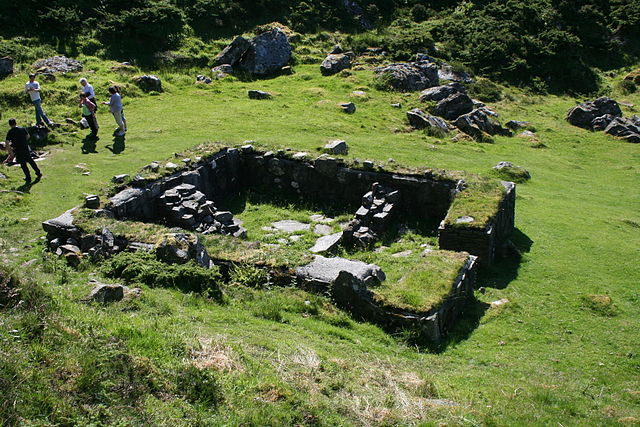
Visitors can also explore the ruins of St. Albanus Church. The abbey ruins are a popular location for weddings and other events, like fairs. In the south parts of the island a few Viking graves and the remains of a farm building from the Iron Age can be seen.
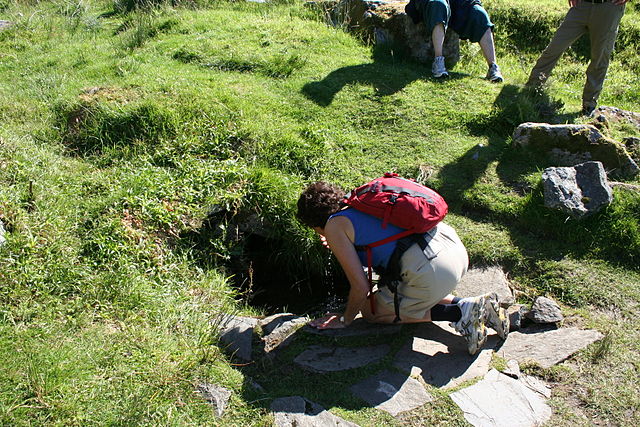
It is believed that Bø was a royal property when King Olav Kyrre founded the Episcopal residence for Western Norway on the island of Selja in 1068. Since the beginning of the 12th century the first parish church for Selje was at Bø. After the Reformation in 1537, the priest was relocated to the mainland, but the church was still in use until 1654. The remains of this church are still recognizable.
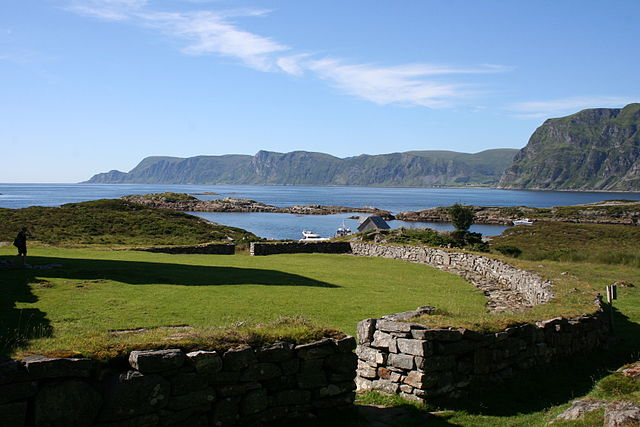
The farms on Selja remained deserted until the 1820s when a tenant cleared land and formed a small farm at Bø. At Buskehaugen, which is situated approximately halfway between Bø and the abbey, stands the remains of a sheep barn that probably originates from the 18th or the 19th century.
